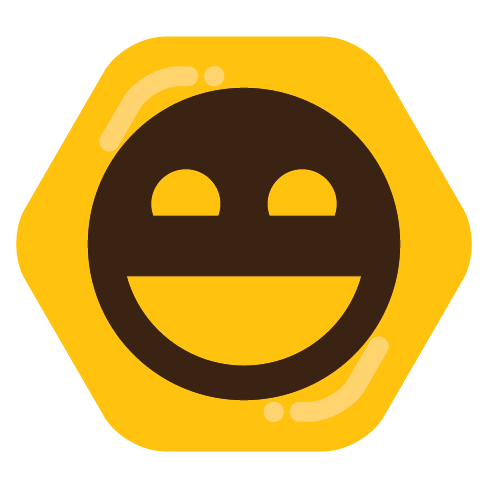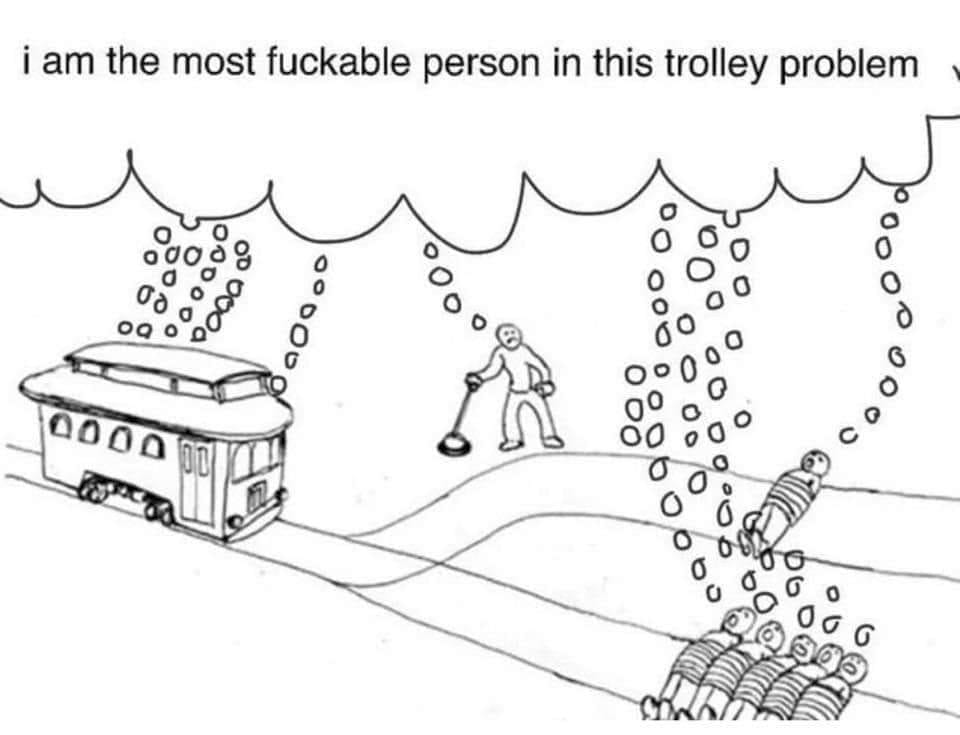Definitely a long way off from how active they were a year or two ago.
Riley
eunuch temple priestess
@riley@fiera.social
- 13 Posts
- 45 Comments

 1·2 months ago
1·2 months agoI want to play either Skyrim or Breath of the Wild for the first time again, knowing nothing about what’s out there to be discovered or the limits of the sandbox. Those games cast a special spell in their first few dozen hours before you know where the boundaries of the world are.
Screaming against the encroaching void that tails us, hell bent on turning every iota of live and culture into something that can be financialized and commoditized.

 2·2 months ago
2·2 months agoI do think a split keyboard design would serve a slate like this a bit better though.

 2·2 months ago
2·2 months agoI’d been looking into building something like this out of a Raspberry Pi, very cool that this is open source.
One of the best videos if you want to learn more https://youtu.be/sg2j7mZ9-2Y
This is red paint on the hospital floor colour theory all over again.
Damn, yeah, Ragavan is definitely killing Modern search
As an audio engineer, I was very confused about what this had to do with Direct Injection for a second.
That’s how I’ve been listening to my tunes lately! I’ve got a dozen minidiscs in my bag with me at work right now. Current player of choice is the MZ-B10.
Bad luck to kill a sea bird, Winslow.
Genuinely the only way I want to use my phone. Everything I use daily is on the home screen, everything else I have to go searching for. White background, black icons, all notifications turned off. Simple and easy!

 2·7 months ago
2·7 months agoMy general approach is to use Anki as my primary resource with the addition of the Genki textbook, video lectures and grammar videos on YouTube (Toki ni Andy, Game Gengo, Livakivi, etc.), and immersion content (Manga, anime, YouTube). I use Anki because I believe it’s the most effective method for me having used it previously to learn Esperanto; although I believe that you should use whatever method is the most fun for you, whatever will keep you coming back for daily work is good. Don’t fall for the “Bro Science” language learning people who promise quick shortcuts, there are none, these people are usually trying to sell you something.
My daily study consists of about 40 minutes of Anki per day. I split my time between two decks, which is suboptimal in terms of occasionally containing duplicates, but I like it as it serves as a method of chunking my study out throughout the day and as a way to recognize the same Kanji in different contexts. These two decks are the KanjiTransistion and Core 2.3k decks. I do four new cards from the KanjiTransistion deck and three new cards from the 2.3k deck. Following that if I’m in the mood I’ll return to reviewing my Hiragana and Katakana decks (you should do this first if you haven’t already!). I also use the Review Heatmap plugin to see my streak, which helps me stay focused on goals and milestones.
You should form your own opinion about what method of learning works best for you, but don’t fall victim to spending time strategizing and figuring out the scientifically perfect way to learn the language, there isn’t one. If you’re spending time planning how you’re going to learn the language, you’re spending less time actually learning. The only way to get good at a language is to literally be exposed to it and learning it for 1000+ hours.

 11·7 months ago
11·7 months ago100 days of studying Japanese every day
I don’t believe people are astroturfing on Lemmy yet

 33·8 months ago
33·8 months agoHey, don’t just blame the parents. In the back half of this article the author points out that social media harms youth no matter if their parents let them use it or not because of the social webs it creates. If you choose to keep your child off social media then they could just as easily end up isolated from their peers because everyone else IS using it.

 192·8 months ago
192·8 months agoThis article strikes at a very salient set of points about smartphones and social media. As someone that specifically tries to only use federated social media because it avoids some of these dark patterns, I certainly agree with. I also use my smartphone without any notifications turned on, ever.
Unfortunately the author has a few paragraphs that miss the mark and strike me as coming from more of a centrist or right-wing “kids these days are too soft” which feels very off-base and disconnected from the issue. For example:
This is why life on college campuses changed so suddenly when Gen Z arrived, beginning around 2014. Students began requesting “safe spaces” and trigger warnings. They were highly sensitive to “microaggressions” and sometimes claimed that words were “violence.”
The scare quotes around microagressions, a genuine issue faced my marginalized communities, is really uncomfortable and gives an unfortunate perspective on some of where this author is coming from.
Putting that aside, I really do feel like most of what is said here is on point. Reducing social media use is imperative. Designing smartphone UX that doesn’t shove notifications at you would also be a good idea. Getting younger people involved in communities and forming friendships is incredibly important.

 2·8 months ago
2·8 months agoAs with what others are saying here, pulling out algo nonsense is good, however I do worry that it slowly devolves into something similar to what’s happening with Twitter where you can barely look at anything without being pushed to login. It’s unusable unless you have an account. Websites shouldn’t operate like that.


















Lemmy is definitely a more male space than I think even reddit was, and that does affect the tone of certain conversations. It really is a whiplash coming here from Mastodon sometimes and seeing a very different vibe.